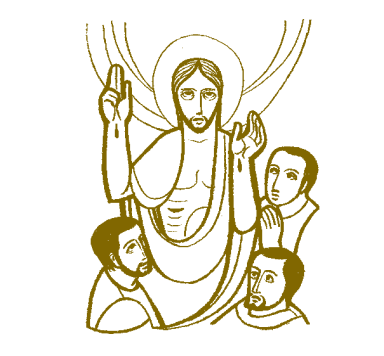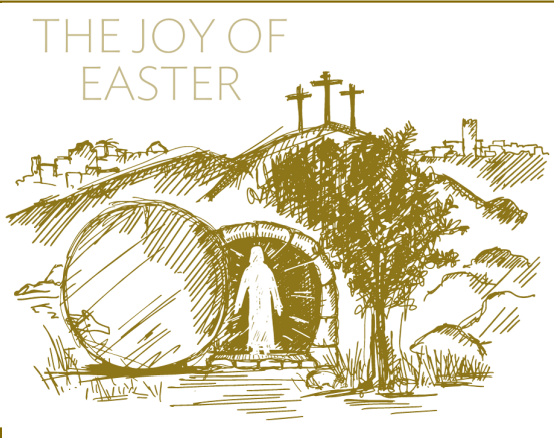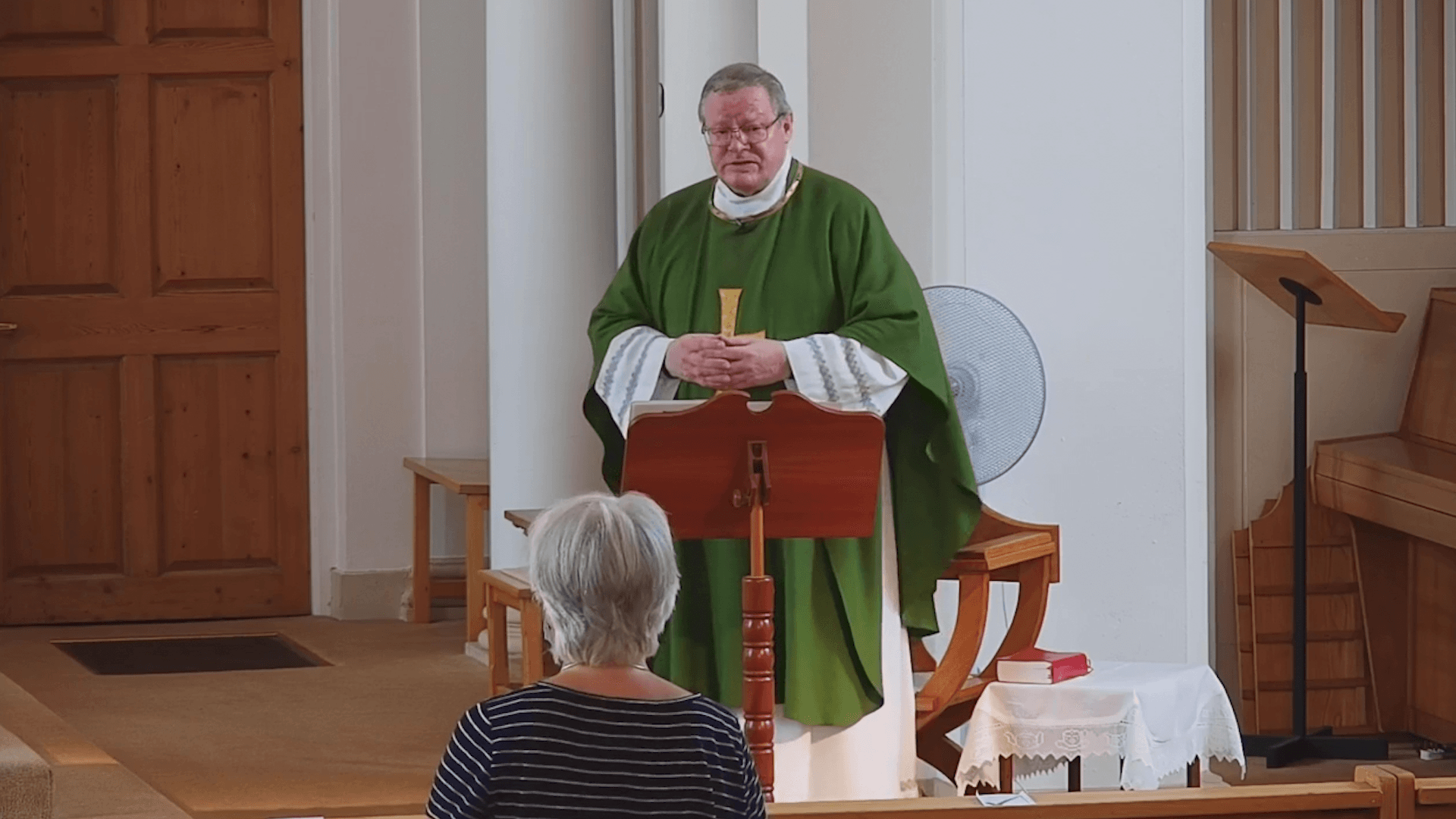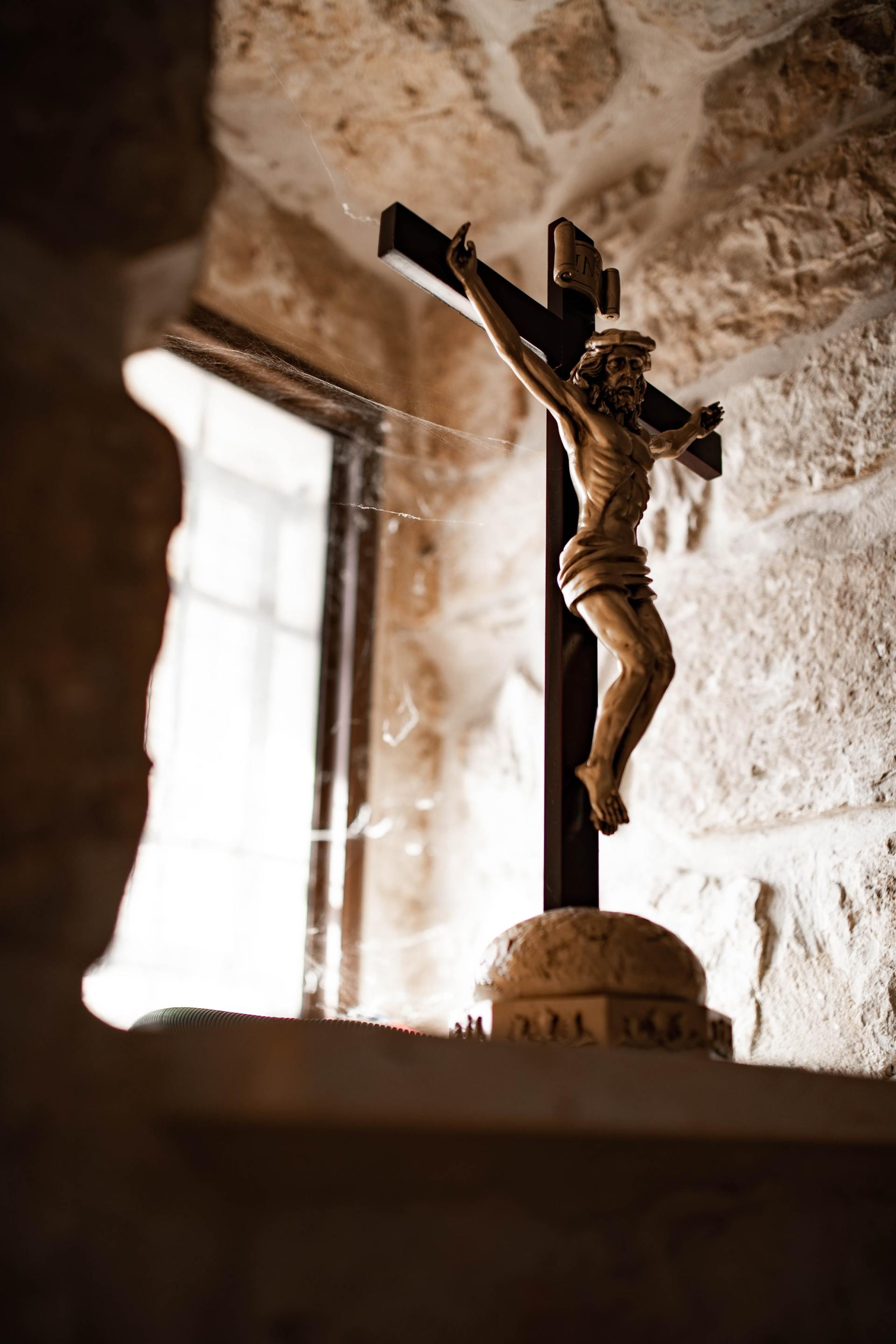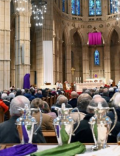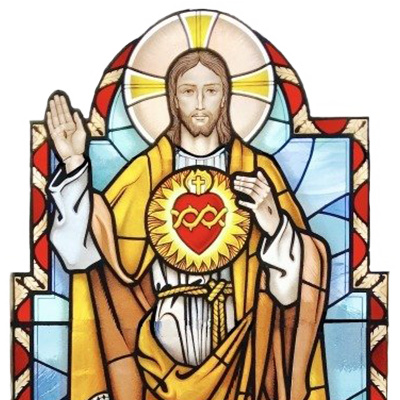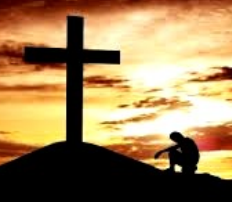Conflicts heats up . . . (31st Sunday of Ordinary Time Year A)
Two chapters earlier in this Gospel, Jesus entered Jerusalem and its enormously important Temple, the epicentre of religious authority and worship in his day. The moment he appeared on the scene in the Temple, the religious leaders pounced, accusing him of teaching without the proper authority (read: he didn’t go to their schools/he didn’t have “their” degree/“their” education). When he pushed back against them, they began to plan his arrest.
In this reading, Jesus turns his attention away from his critics to the crowds and his disciples and teaches a version of “do as they say, not as they do.” He acknowledges that the scribes and Pharisees have positions of teaching authority, but he calls them out for not practicing what they preach.
Historically, the Pharisees were known for adding more regulations to the laws of Moses (the Hebrew Scriptures/Old Testament). Their intent was originally a good one - to avoid breaking a law, they created even more specific restrictive ones to ensure they wouldn’t come close to violating it. For example, the commandment to keep the Sabbath day holy developed many corollaries so that eventually even picking up your sleeping mat on the Sabbath was against the law because it was considered “work”. (That is why the man Jesus healed on the Sabbath got in trouble - he picked up his mat to walk away once Jesus healed him.) This was Jesus’ meaning when he criticized the leaders for tying up heavy burdens on others and not lifting a finger to help.
Likewise, Jesus accuses the Pharisees of showing off in their public religious observances. The phylacteries were little leather boxes containing scripture verses that Jews wore on their arms and foreheads during morning prayer. The “fringes” Jesus refers to were tassels Jews wore on the corners of their outer garments. Making them bigger only served to make them more prominent so others wouldn’t miss that they were praying. Likewise, Jesus called out the leaders who liked to sit in places of honour and be addressed by the title rabbi, meaning “my teacher.” His point? The leaders are meant to be servants of all, and those who are naturally humble are the ones who will ultimately be exalted.
Questions of the Week
Discuss some examples of leaders (secular or religious) who you notice are not practicing what they preach.
Share about someone you know who is a person of humility who you wish would be honoured.
